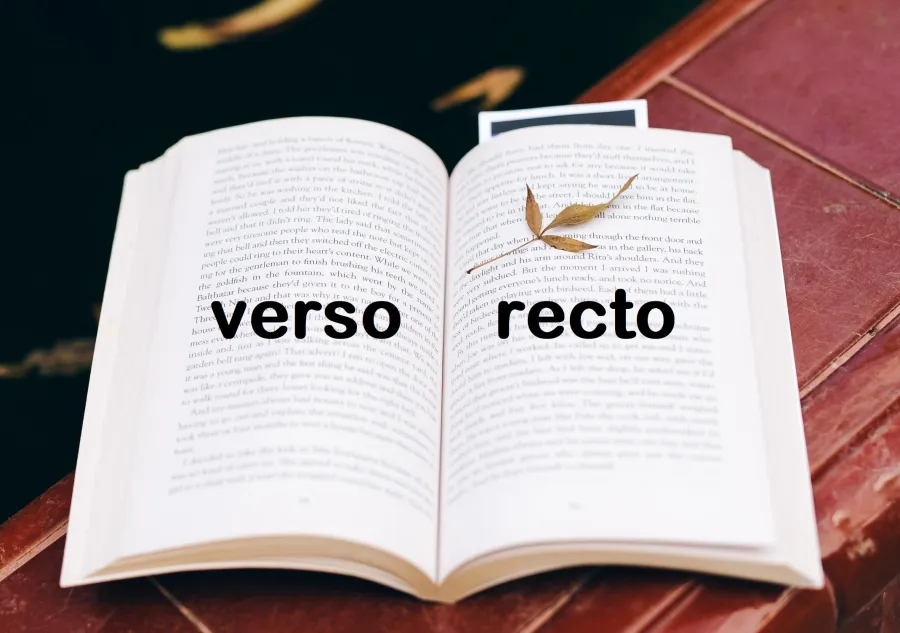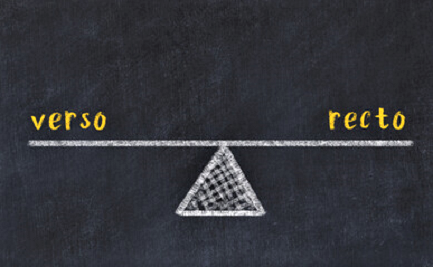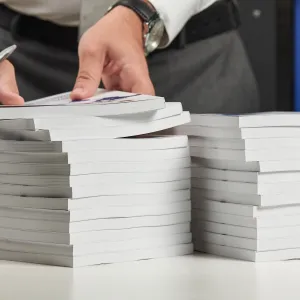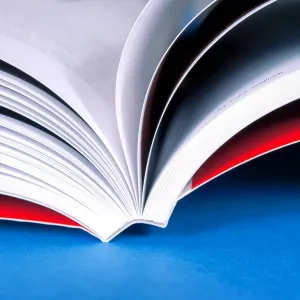Printing Terminology: Recto and Verso

estimated reading time: 2 minutes
Originating from Latin, Recto and Verso are terms used within
the printing and publishing industries to indicate the relative placement of
content on a sheet.
What does Recto mean?
Recto translates to "rightly" or "straight on." It refers to
content that is printed on the face, or front side, of a sheet. On a two-sided
sheet, Recto signifies which side is to be read or viewed first.
In the United States, where books are read from left to
right, it is customary for page #1 of a book to display on the right side.
Hence, page #1, which is to be read first, is on the Recto side. Subsequently,
all odd numbered pages will also appear on the right, or Recto side, of an open
book.

What does Verso mean?
Verso translates to "turn" or "on the other side." It refers to content that is printed on the reverse, or back side, of a two-sided sheet.
Basically,
Verso signifies the side of a sheet that is to be read or viewed second (after
the Recto side).
In regards to a printed book, once the content that appears
on the Recto side of a sheet has been read, the sheet is turned to display its
Verso side. Naturally, the Verso side will then appear on the left of the open
book. Hence, page #2, which is to be read second, is on the Verso side. All even
numbered pages within the book will also appear on the left, or Verso side.
It is important to mention that some languages of the world are written and read right to left. Not surprisingly, the Recto and Verso designations flip
sides in books that are read from right to left. In these instances,
Recto will refer to the left-sided pages and Verso will refer to the right-sided
pages.
By the way, the Recto and Verso terms are not limited to describing
the placement of content in bound books. Any sheet printed with text and/or artwork on both sides
can be referred to as Recto/Verso.
Whatever your printing needs may be, Color
Vision is ready to help! Give us a call at 800-543-6299 whenever you want
to discuss a print project. Or, use our Quote Request form to submit
your specifications and we will email you a quote. As always, we look forward
to assisting you!
Related Articles

Printing Booklets: 5 Popular Types of Binding for Booklets
Read This Article

Short Run Book Printing: The Gateway to Self-Publishing
Read This Article

Perfect Bound Books: Exploring the Perfect Binding Process
Read This Article

Custom Book Printing: What is PUR Binding?
Read This Article